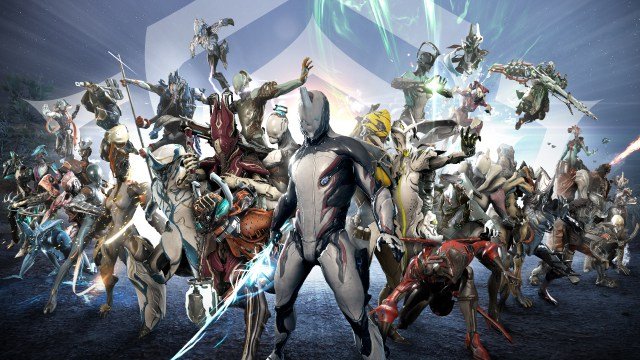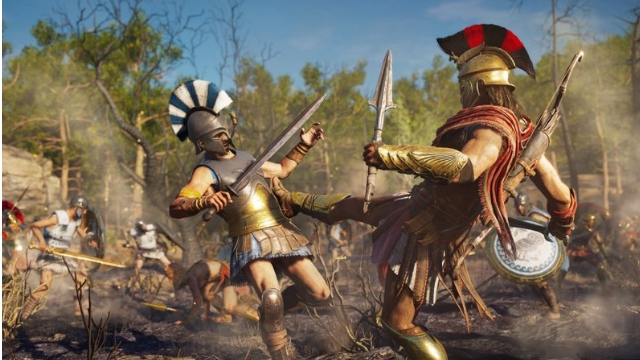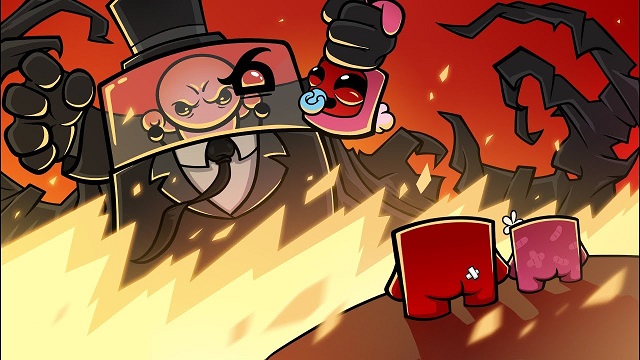Thanks to the first ever Stadia Connect, we now have concrete information about what the Google Stadia gaming platform looks like. As it stands, it’s a hodgepodge of features and concepts that make it hard to see an easy entry point for players. The biggest blow is that it’s not a “Netflix for games” as many had hoped. Instead, Stadia relies on full priced purchases and a subscription service that is still unclear and a bit of a tough sell. All this sits on top of still-unproven technology may give gamers pause before they ever log onto one of Google’s servers. However, there’s still massive potential here, especially if Google has a few more reveals up its sleeves after launch.
You can’t beat free (to play)

The Stadia Connect announcement focused on premium experiences, and that makes sense. Showing off that your streaming service can handle big titles like Mortal Kombat 11 and Doom Eternal is key to making Stadia feel like a big presence in the industry even before its debut. Even so, since games on Stadia don’t come automatically with your subscription, Google missed a step but not showing off any big free-to-play titles.
Think about what an industry shattering impact Fortnite left when it transferred over to phones: a complete console-quality experience in your pocket that syncs directly with your version at home. It’s truly the dream when it comes to streaming games, something that Xbox has already tried to tap into on multiple occasions. However, only Fortnite has really achieved it on a huge scale. Using Stadia’s technology, Google could instantly please the audiences of huge titles like Warframe, Smite, and War Thunder.
Not only would you bring in existing players looking to boost the games they already play, but you’d also have a great entry point for players who don’t want to have to drop money down to test out an unproven system. The only reason Google might not already be on top of this is the complications that come with adding microtransactions to your payment system. If that’s really a problem, there’s an even better way to get around that problem.
Own the narrative (and your games)

When it comes to established players, one of the biggest hurdles for Google Stadia is that financial barrier to entry. These folks already invested heavily in their PC and console libraries. Having to start over once again with Google could erase any convenience benefits the service presents. Especially on the eve of a new console generation that seems to promote backward compatibility as a core component. The best way for Google to get those players to sample Stadia streaming is by borrowing a trick from GOG.
For years now, GOG has had a service called GOG Connect. Usually active during sales, GOG Connect links to your existing Steam library. After reading what’s there it grants you GOG copies of any games you own that are part of the current promotion. GOG understands that a majority of gamers aren’t likely to buy something more than once. Those same gamers might be willing to try a new service if they get this type of opportunity. If even a fraction of players sticks with GOG for another purchase, then it’s a win.
A (console) war on two fronts

For Stadia, a service like this would be an incredible prospect. It might also prove particularly hard to pull off. Stadia is going after both PC and console players, and it’s clear Google wants a big piece of the pie. It’s doubtful that any of the three hardware makers would let Google tap into its player information. Google could set a similar service up for PC, or it could sign up with certain publishers for special deals. Ubisoft, already big supporters of Stadia, could even tap into its UPlay client and let their players gain the benefits of Stadia without the hassle.
Now, would any companies really go for that? Would they pass up potential sales to help Google establish themselves, even if that potential is pretty small? It’s doubtful, especially when Stadia hasn’t proven itself as a winner. If the technology does prove itself and Stadia attracts a userbase, a setup that gives players a built-in library will make the barrier to entry that much lower. All that and you get ammunition against those who call Stadia anti-consumer. A win all around if you’re a huge tech Goliath looking to take over the world.
Offering (epic) games for everyone

If all else fails, Google could learn from another recent entry into the gaming marketplace. Epic Games has continually offered free releases on its store since it opened. In addition, Epic plans to continue that the entire first year of the service. Most of these games are smaller legacy titles that many already own on other PC platforms. Since Stadia isn’t simply a new storefront, this might be harder to do since there is porting involved. However, a string of free games might be worth the investment in the long run, both for Google and for developers looking to keep themselves in the game.
No matter what tactic it takes, Google needs to consider how to get players in the door and testing their product. If done right, Stadia could have a knock-on effect that throws existing platforms for a loop. People who don’t usually play games will take notice if you load up the latest in AAA gaming on a laptop next to them at Starbucks. Kids will drool at the chance to play something other than Fortnite when they should be paying attention in class. If Google can figure out who is really going to use its service and why, the rest might just fall into place.







